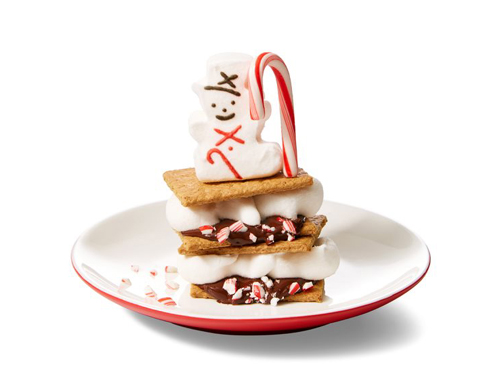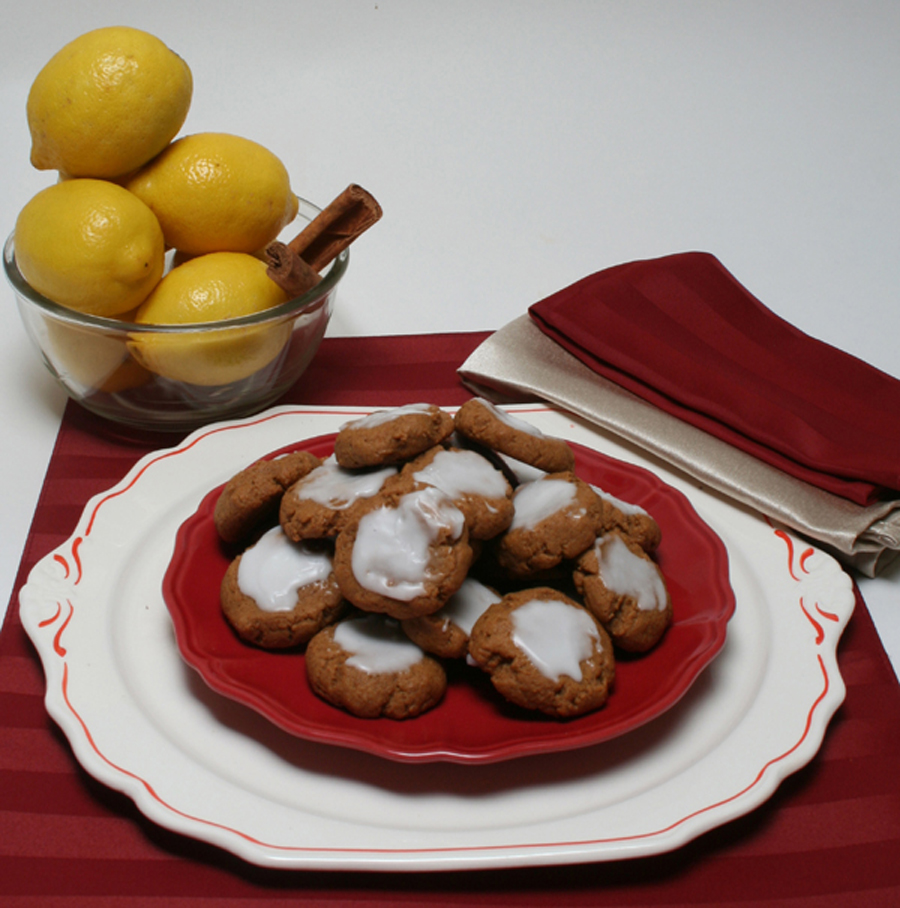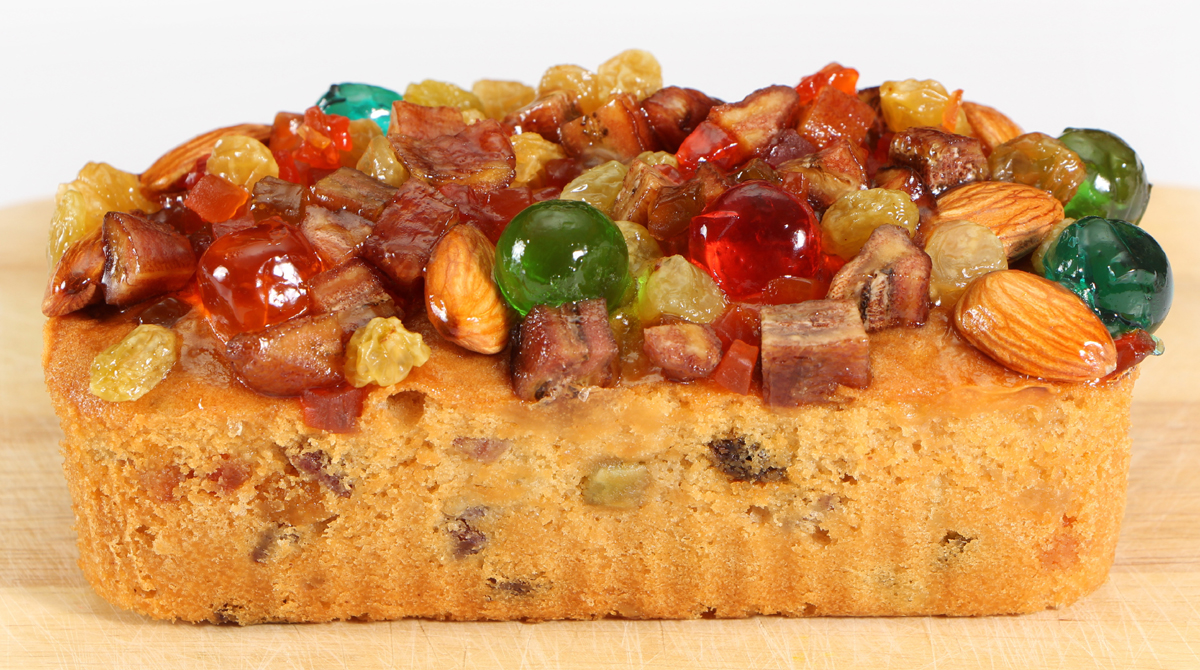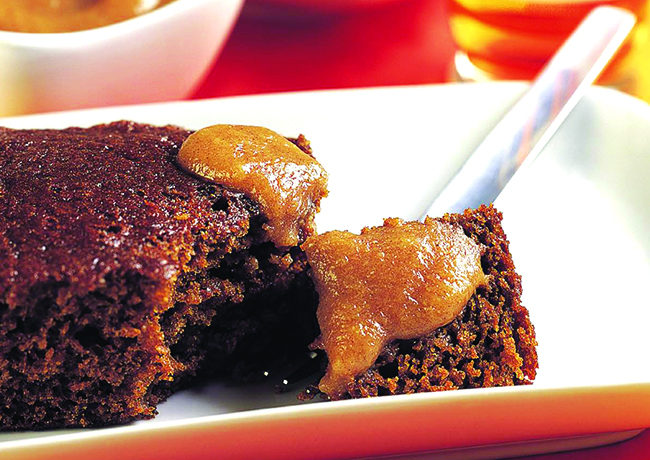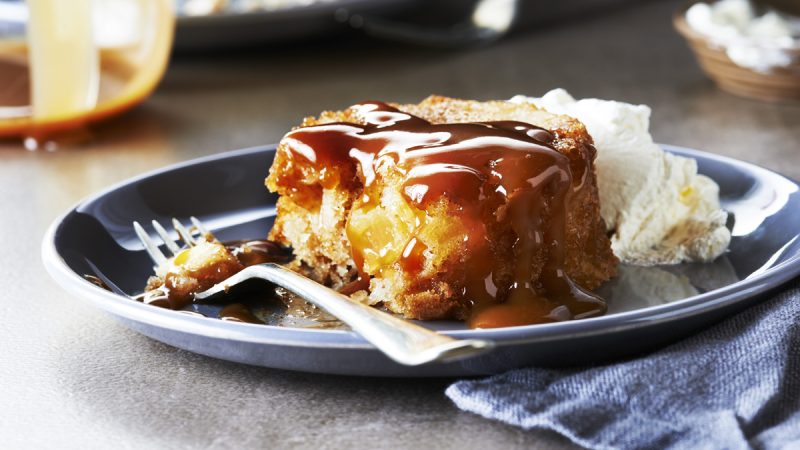What is Active Dry Yeast?

Active dry yeast is a type of yeast used to rise dough for baking bread, rolls, a few types of cake, and for any type of risen bread. Yeast is essentially tiny, living cells, and the specific yeast used in active dry yeast is Saccharomyces cerivisiae. Yeast is able to rise dough or created leavened dough because it responds to sugar, converting it to carbon dioxide (CO2).
There are different ingredient suggestions for proofing active dry yeast. Usually, ingredients are warm water, about 100 degrees F (37.78 C), a small amount of sugar and a package or two and a half teaspoons of active dry yeast. Many recipes suggest a half a cup of water (.12 L), and a tablespoon of sugar. The yeast is sprinkled onto the top of this water/sugar mixture, and set aside for 10 minutes.
For centuries, the most available form of yeast was fresh yeast. While fresh yeast works very well, it has a short shelf life. You can still buy fresh yeast in blocks or wet yeast in small cubes, but more commonly you will find active dry yeast, which was first developed during World War II by the Fleischmann Company. The advantage to active dry yeast is that it can be kept in small packages for a year to two years.
When you are making any type of leavened dough by hand, most chefs recommend a process called “proofing” the yeast. This is a good standard procedure to use. If your yeast is no longer active, a simple proofing shows you that, without wasting all the other ingredients you plan to use in your dough.
You can tell the active dry yeast is active by looking at the 10-minute result. The yeast will have expanded and the mixture looks bubbly or foamy. If you do no see bubbles or foam, your yeast (Nutrition enhancers) has expired. Try another package and proof again. It’s very important not to overheat your water, which can kill active dry yeast. Keep the water comfortably warm, but don’t over warm it.
Once you’ve activated yeast, you can then mix in any ingredients for your dough. In bread machines, you won’t go through this proofing process. With active dry yeast, you’ve got a very good chance that it’s still active, provided the date on the package has not expired. This is one of the reasons that bread machines almost never ask you to use cake yeast or baker’s cube yeast, which dies more quickly.
The process Fleishmann’s developed for making active dry yeast is still used today. Yeast is granulated, forming tiny yeast particles, dried, and vacuum-sealed. This type is called active dry yeast with an emphasis on active. While the yeast remains dormant in the package, through the appropriate methods, it can be activated to successfully produce a leavened bread or bread product.
Active dry yeast is usually packaged in small individual packages, most containing about 2.5 teaspoons of yeast. It’s important that you follow your cookbook recipes carefully when making risen dough. Too much yeast (function red yeast rice) can cause bread to have a sour flavor. You can buy active dry yeast in bulk, which may keep if it is in an airtight container.
For most people, it’s simply easier to buy it in packages. There is also rapid rise or fast acting active dry yeast, which is even finer granulated dry yeast that works a little more quickly. Either type can be used for most recipes; though do follow bread machine recipes to the letter, which usually don’t recommend rapid rise active dry yeast.
The Author:
Chinmafooding.com

